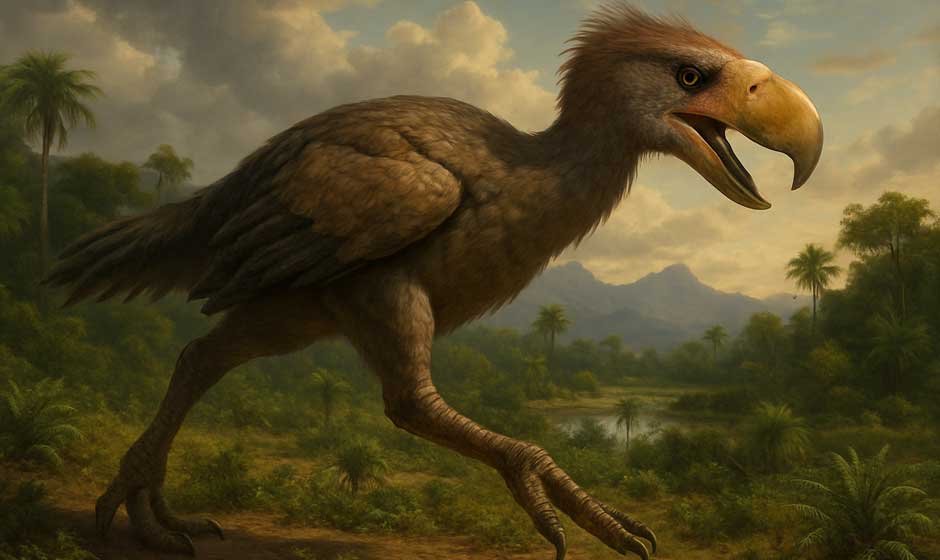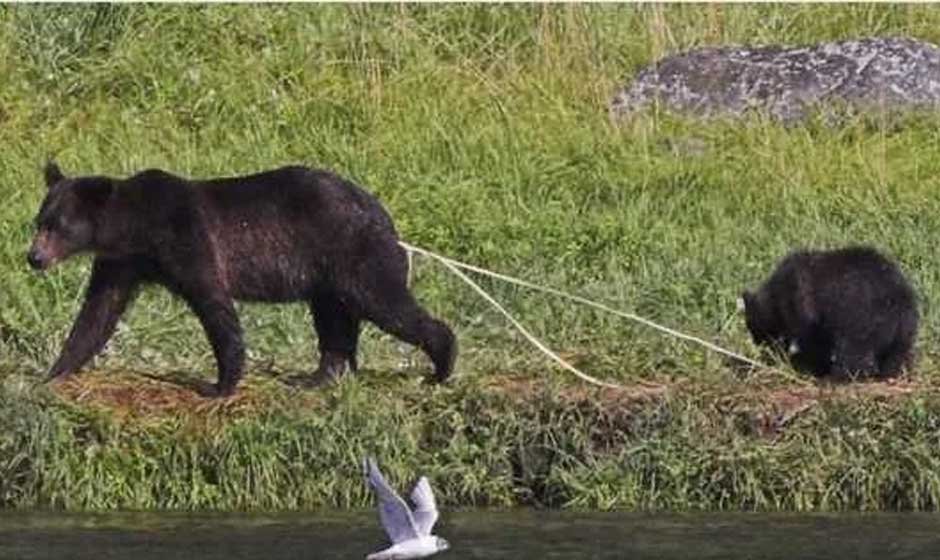Table of Contents
ToggleIntroduction: The Enigmatic Giants of Prehistory
Imagine a world where birds, not mammals, dominated the food chain. In the ancient landscapes of South America, such a reality existed, ruled by the formidable Phorusrhacidae, more commonly known as terror birds.
These magnificent, flightless avian predators commanded respect and fear, asserting their dominance as apex hunters for millions of years. Their imposing stature and formidable hunting prowess have etched their story into paleontological history.
They offer us a captivating glimpse into a prehistoric era, a time when these feathered giants truly reigned supreme.
What Were Terror Birds? A Scientific Overview
Phorusrhacidae represents an extinct family of large, carnivorous birds, members of the order Cariamiformes. Primarily, these remarkable creatures made their home in South America throughout the Cenozoic Era.
Distinguished by their immense size and complete inability to fly, terror birds thrived across various geological epochs, from the Paleocene right through to the Pliocene.
Over this vast span, they evolved into a diverse array of forms, each expertly occupying distinct ecological niches within their vibrant ancient ecosystems.
Anatomy of a Predator: Size, Speed, and Deadly Features
Terror birds were, without a doubt, true giants among their avian kin. Some species soared to impressive heights of up to 3 meters (10 feet) and tipped the scales at over 500 kilograms (1,100 pounds).
Their most striking feature was arguably their massive, powerfully hooked beak. This formidable tool was perfectly engineered for tearing flesh and crushing bone, a testament to their predatory lifestyle.
Remarkably, despite their considerable bulk, these birds were astonishingly fast and agile runners. They could easily achieve speeds of up to 48 kilometers per hour (30 miles per hour).
Their robust legs, tipped with razor-sharp talons, functioned as lethal weapons, enabling them to swiftly subdue even large prey. Adding to their arsenal, some species even sported an unusual, sharp claw on their wings, which they could deploy in combat, further enhancing their already fearsome predatory capabilities.
A Dominant Presence: Habitat and Ecological Role
For countless millions of years, terror birds held an unchallenged position as the apex predators of South America. They adapted to a wide array of environments, from expansive open grasslands to dense forested regions, each offering unique hunting opportunities.
Their ecological role mirrored that of the large mammalian carnivores found in other parts of the world. They actively preyed upon early mammals, various reptiles, and other birds, maintaining a delicate balance within their habitats.
These formidable birds were an indispensable component of the ancient South American food web, profoundly influencing the evolution of other species through their relentless predation pressure.
The Mystery of Their Demise: Theories on Extinction
Eventually, the long and prosperous reign of the terror birds drew to a close, with their extinction occurring approximately 2.5 million years ago. The precise reasons behind their disappearance continue to spark debate among scientists, yet several compelling theories have emerged.
One leading hypothesis points to the geological event known as the formation of the Isthmus of Panama. This crucial land bridge facilitated the Great American Biotic Interchange, allowing North American mammalian predators, such as formidable saber-toothed cats and cunning canids, to migrate south.
This influx introduced intense new competition and predation pressures, challenges that the terror birds, perhaps, were not equipped to overcome. Another significant theory highlights profound environmental shifts, particularly the transition from more tropical climates to cooler, drier conditions.
Such changes would have undoubtedly impacted their preferred habitats and, crucially, the availability of their prey, contributing to their eventual decline.
Recent Discoveries and Ongoing Research
The world of paleontology is constantly unveiling new insights into these captivating creatures. Recent discoveries, such as a terror bird claw unearthed in Antarctica, hint at a far wider geographical distribution and an even more ancient lineage than previously understood.
Furthermore, studies examining bite marks found on terror bird fossils reveal a surprising truth: they weren’t always at the very top of the food chain. Evidence suggests they occasionally fell victim to other colossal predators, like the humongous caimans of their era.
This continuous stream of research is invaluable, helping us to continually refine our understanding of their complex lives, intricate ecological interactions, and their ultimate place in prehistoric history.
Conclusion: The Enduring Legacy of Phorusrhacidae
The terror birds, or Phorusrhacidae, stand as a powerful testament to the astonishing diversity and intricate evolutionary pathways that have shaped life on Earth. Their extended dominance as apex predators in South America marks a truly unique chapter in avian evolution.
It showcases a time when flightless birds achieved monumental size and unparalleled predatory prowess. Though long extinct, their compelling legacy continues to fascinate scientists and enthusiasts alike.
They serve as a vivid reminder of the dynamic and ever-changing nature of our planet’s ancient ecosystems. The story of the terror birds is a profound narrative of adaptation, dominance, and ultimately, decline in the face of monumental environmental and biological transformations.













